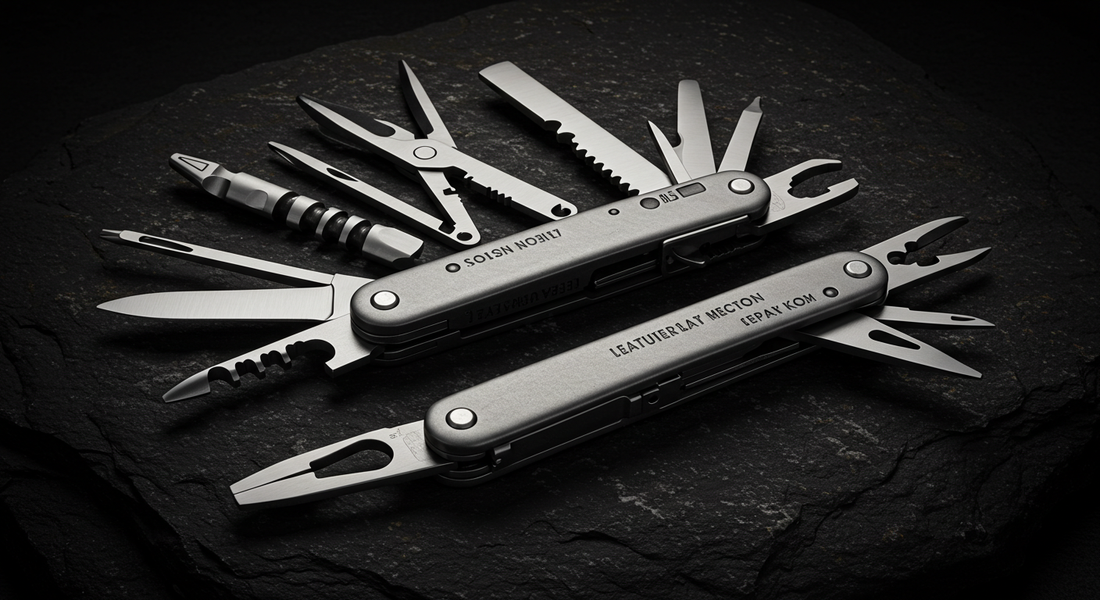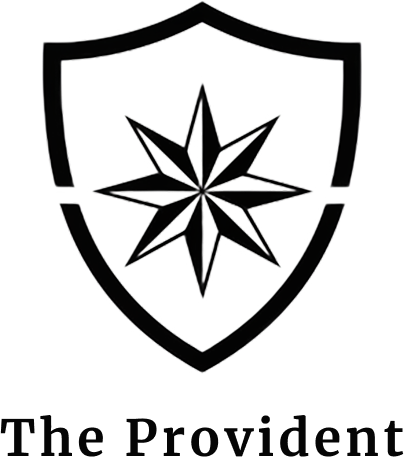
How to Choose and Use a Survival Multi-Tool
Share
In an age of digital everything, it's easy to become reliant on technology for solutions. But in a survival situation or even just a daily inconvenience, batteries die and screens break. That's when a tangible, reliable tool becomes invaluable.
The multi-tool is the ultimate expression of preparedness—a toolbox in your pocket, ready for anything. It's a cornerstone of any good EDC (Everyday Carry) setup and a non-negotiable item in a survival kit. Having the best survival multi-tool and knowing how to use a multi-tool provides a sense of confidence that no app can replicate.
Key Features to Look For
Not all multi-tools are created equal. The ideal tool for you depends on your likely needs, but there are several key features that every quality multi-tool should have.
-
Pliers (Needlenose vs. Regular): This is the core of most multi-tools. Needlenose pliers are excellent for detailed work, while regular pliers offer more gripping power. Many models combine both.
-
Wire Cutters (Replaceable vs. Integrated): Essential for cutting wires, zip ties, or small branches. High-end models often feature replaceable wire cutter blades, which is a huge advantage as they can wear down over time.
-
Knife Blade (Plain vs. Serrated): A good multi-tool should have a reliable, sharp knife. A plain edge is versatile and easy to sharpen, while a serrated edge excels at cutting through tough materials like rope or webbing. Many tools offer a combination blade or two separate blades.
-
Screwdrivers and Can Opener: At a minimum, look for both a flathead and a Phillips head screwdriver. A can opener is a simple but crucial tool in a food emergency.
-
Saws, Files, and Awls: A wood saw is incredibly useful for processing tinder and small branches for fire or shelter. A file (wood/metal) is great for maintenance, and an awl (a pointed tool) is perfect for punching holes in leather or canvas for repairs.

Comparing the Titans: Leatherman vs. Gerber vs. SOG
When it comes to the best survival multi-tool, a few brands dominate the market. The Leatherman vs Gerber debate is a classic one among enthusiasts.
-
Leatherman: Often considered the industry standard, known for premium materials, robust build quality, and excellent warranties. Their tools often feature outside-accessible blades and strong locking mechanisms.
-
Gerber: Famous for their one-handed, slide-out plier deployment, which can be a major advantage in situations where you only have one hand free. They offer a wide range of models at various price points.
-
SOG: Known for their unique compound leverage system, which provides greater gripping power in their pliers. SOG tools are often praised for their industrial strength and innovative designs.
The choice often comes down to personal preference in ergonomics and deployment style. Consider how you will carry it (pocket clip vs. sheath) and whether one-handed operation is a priority for you.
Practical Uses in an Emergency
A multi-tool is only as good as the user's ability to wield it. Here are just a few applications in a survival scenario:
-
Gear Repair and Maintenance: Use the screwdrivers to tighten a loose screw on a pack frame, the pliers to bend a broken tent pole back into shape, or the file to smooth a rough edge on another tool.
-
First Aid Applications: The pliers can be used to remove a large splinter or a fish hook. The knife can cut moleskin for blisters or strip clothing into bandages.
-
Basic Shelter Building and Fire Prep: The saw is invaluable for cutting small branches for a debris shelter frame. The knife can be used to carve feather sticks for tinder, and the awl can help process pitchwood or create a divot for a bow drill.

Conclusion: The Right Tool for You
Choosing the best survival multi-tool is a personal decision based on your budget, your environment, and your most likely needs. An urban dweller might prioritize a smaller EDC multi-tool with scissors and a bottle opener, while a backcountry hiker would need a more robust tool with a saw and a fire starter.
Regardless of which tool you choose, the most important step is to practice with it. Get familiar with every function. Open and close it until it becomes second nature. A multi-tool in your pocket is a good start, but a multi-tool you know how to use inside and out is a genuine lifesaver.
